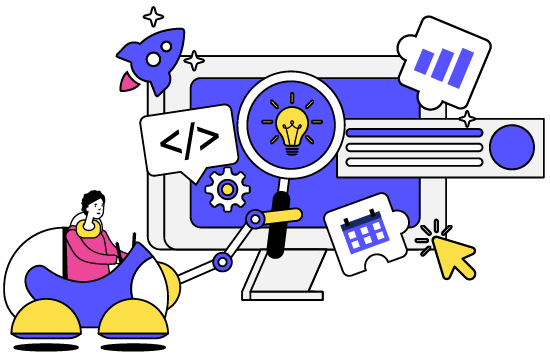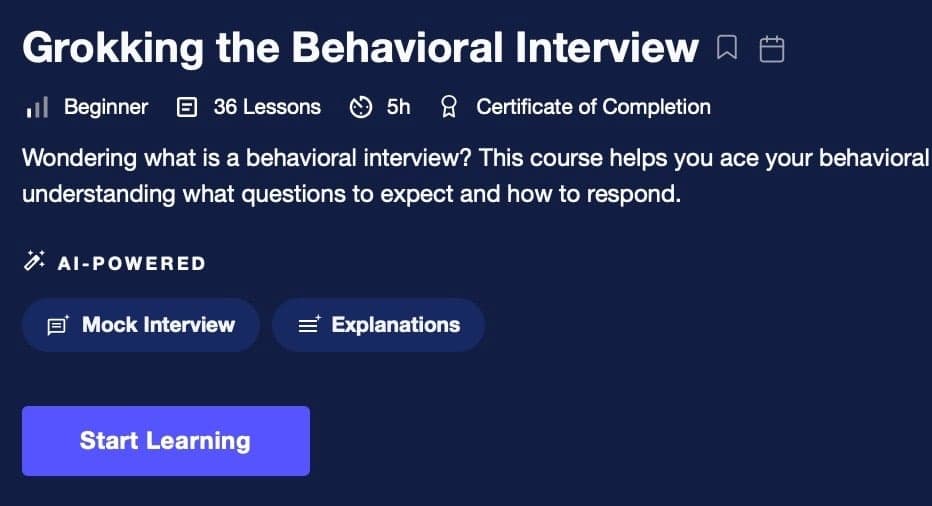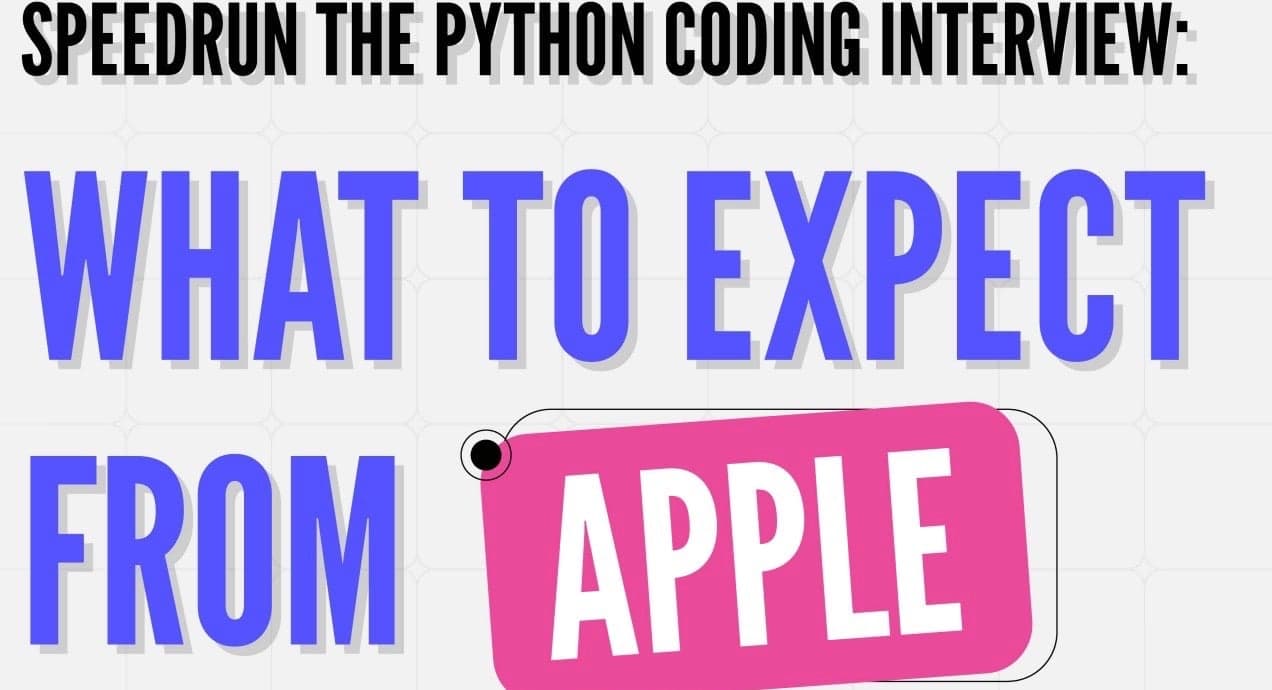Future-proof your skills. Stay job-ready with guides developed by industry insiders.
Tech Layoffs
Tech layoffs: Your survival kit for 2025
Tech layoffs: Your survival kit for 2025

Your free Tech Layoffs Survival Kit
Your free Tech Layoffs Survival Kit
Here’s your job-readiness toolkit. (It’s all free).
Here’s your job-readiness toolkit. (It’s all free).
Interview prep essentials
Interview prep essentials
Make your mark in MAANG.
Make your mark in MAANG.
Refresh your programming fundamentals.
Refresh your programming fundamentals.
Master the AI skills that every company needs.
Master the AI skills that every company needs.
Want to truly stay on the cutting edge? Learn Data Science.
Want to truly stay on the cutting edge? Learn Data Science.
Build a portfolio that cuts through the noise.
Build a portfolio that cuts through the noise.
Recent layoffs news
Recent layoffs news
*Deloitte. Navigating the tech talent shortage. 2024.
**CompTIA. State of the tech workforce 2024. 2024.
Tech Layoffs Survival Kit
Tech Layoffs Survival Kit
Inflation: With inflation rates skyrocketing, costs are increasing across the board, forcing companies to reassess their budgets to maintain profitability. In this vulnerable state of affairs, it won’t be surprising to see Microsoft, Amazon, and Google turn to layoffs as an effective strategy to sustain themselves for the long term.
The AI revolution: It’s true. The statement “AI will replace you” is more than just a corporate hoax. The surge of AI and machine learning has permanently altered the tech landscape, affecting the jobs of those who couldn’t upskill fast enough. You’ll find many jobs being scrapped entirely or being altered to include technical AI skills as a requirement. Most companies turning to layoffs are either downsizing or restructuring their firms to make the transition to AI-powered operations as optimized and efficient as possible.
Product fall-offs: AI didn’t just affect jobs but product demand as well. A part of adapting to AI technology includes the need to cut off unprofitable sectors of the company in favor of responding to future demands. Tech layoffs end up being one way to refocus strategically and build teams aiming for innovation.
Diversify your skillset: This is the time to focus on your hard skills (proficiency in programming languages, frameworks, microservice architecture, data science, System Design, etc.) and your soft skills (problem-solving, communication, adaptability, strategic planning, and more). Being an experienced tech wiz isn’t enough; you must be able to communicate your expertise effectively in today’s highly competitive environment. The key to this is focusing on immersive learning experiences–something Educative’s Projects can do for you.
Bulletproof interview prep: Don’t be afraid of the “Google layoffs,” “Meta layoffs,” or “Apple layoffs” headlines; make coding interview prep your next move. Take advantage of Educative’s AI-powered courses and work on your skills to tackle the next coding challenge headed your way.
Plan your career path: The more prepared you are, the more likely you'll be to spot big opportunities from a mile away. Whether you have already been laid off or are afraid of getting the chop, start learning everything there is to know about where the tech industry is headed in the next few years. Learn how AI, machine learning, System Design, and other innovations will impact the industry you intend to target or are already working in.
Frequently Asked Questions
What year did tech layoffs start?
What year did tech layoffs start?
When will tech layoffs stop?
When will tech layoffs stop?
Why are there so many tech layoffs?
Why are there so many tech layoffs?
Are tech layoffs over?
Are tech layoffs over?
Are more tech layoffs coming?
Are more tech layoffs coming?




















